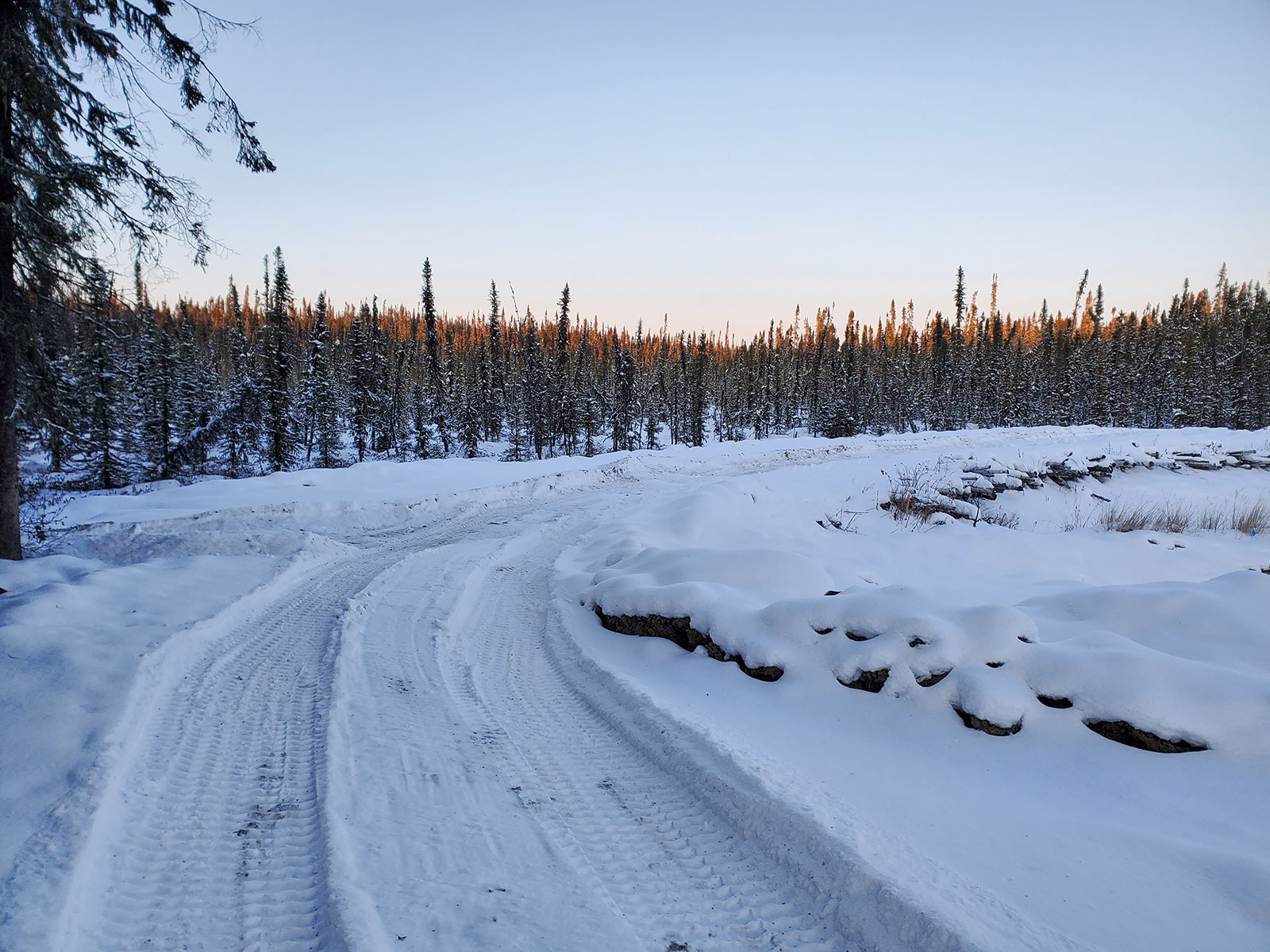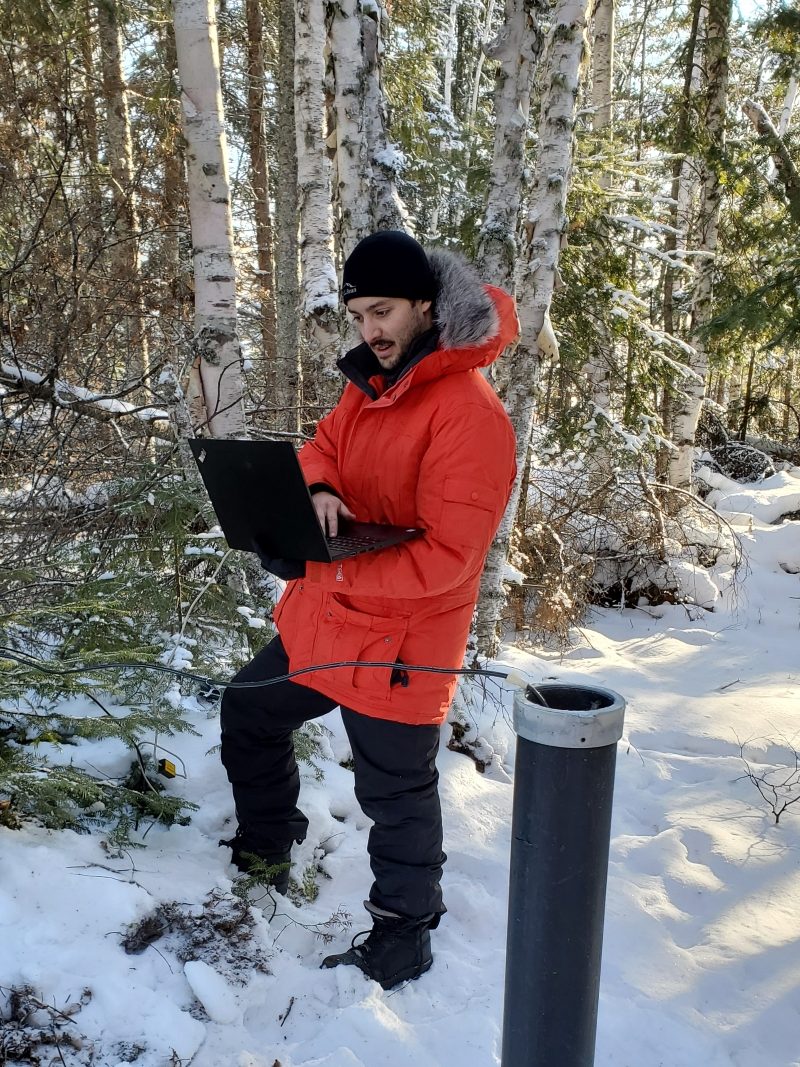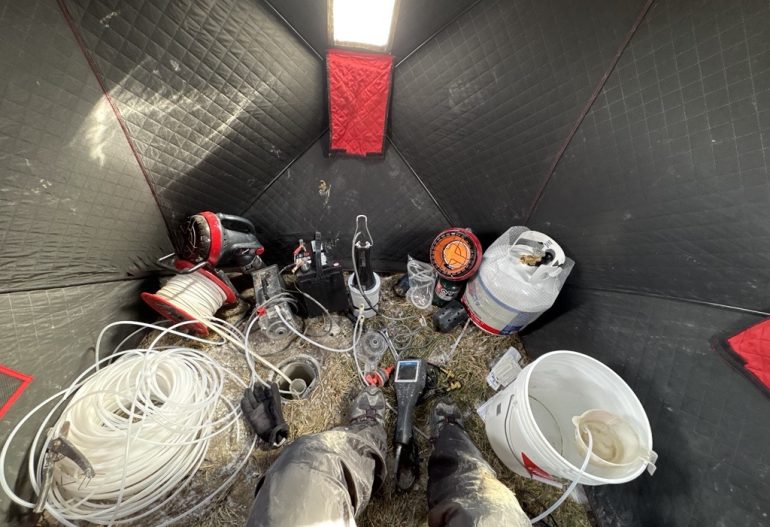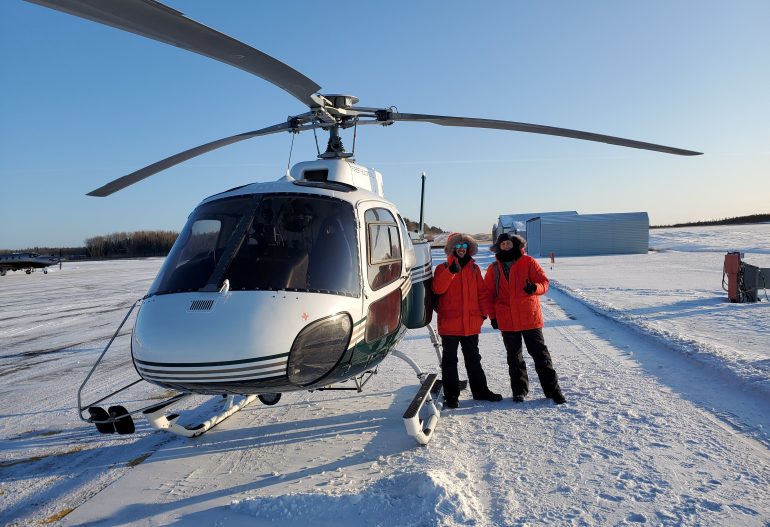Winter Work? Bring it On: How AEL Thrives in Cold-Weather

When the temperature drops and snow blankets the ground, we embrace winter with enthusiasm. While some might assume that environmental fieldwork slows down when the snow starts to fall, our team thrives in cold-weather conditions. With the right preparation, equipment, and expertise, we continue to deliver high-quality results all year round.
What We Can Do in Winter
Our core services remain fully operational throughout the winter months, including:
- Phase One & Two Environmental Assessments (ESAs)
- Soil and Groundwater sampling
- Modified Hydrogeological Studies
- Industrial Compliance work
- Drone Surveys
- Record of Site Conditions (RSCs)
- Remediation Projects
- Peer Reviews
Winter fieldwork comes with unique challenges. Our team is well prepared to meet them head-on.
Soil Remediation Advantages
Conducting Excavation and Disposal (aka Dig & Dump) soil remediation work in winter benefits from the natural drop in groundwater levels that often occurs during colder months. This seasonal shift can often lead to efficiencies to the excavation process.
Lower Groundwater Levels = Less Water to Manage
- Reduced levels of groundwater intrusion into excavation areas may reduce the need for dewatering systems with pumps or sumps
- Can expediate excavation since crews spend less time managing water-related delays
- Potentially lower disposal and treatment costs, as there is less contaminated water to handle
Frozen Ground May Improve Site Access
In some cases, frozen ground can support heavy equipment more effectively than soft, muddy terrain in warmer months. This can:
- Minimize site disturbance and soil compaction
- Allow access to remote or previously inaccessible areas
More Predictable Conditions
Winter often brings more stable weather patterns, especially in colder climates, compared to the freeze-thaw cycles of spring or the heavy rains of fall. This predictability helps:
- Improve scheduling accuracy
- Reduce the risk of weather-related delays

Sampling Reliability in Cold Conditions
Collecting accurate groundwater samples in winter demands precision, planning, and the right equipment to ensure data integrity. We take extra precautions to maintain the quality of our samples, even in sub-zero temperatures.
Heated Tents: A Simple Yet Effective Solution
To prevent groundwater from freezing during sampling, we often deploy heated tents over monitoring wells. These portable shelters create a controlled micro-environment that:
- Maintains above-freezing temperatures, allowing groundwater to flow freely
- Prevents ice formation in sampling equipment
- Improves working conditions for field staff, enhancing safety and efficiency

Temperature-Sensitive Sampling Protocols
- Well caps are only open when ambient temperatures are above 4°C
- Samling equipment is pre-warmed and kept insulated to maintain consistent temperatures throughout the process
- Samples are stored in temperature-controlled containers immediately after collection to preserve their chemical composition
Snow-Free Site Access for Accurate Observations
To ensure we capture clear, actionable data, we plan drone flights and O. Reg. 153/04 compliant Phase One ESA walkovers during periods when snow has melted or been cleared, allowing for unobstructed views and accurate documentation.
Built for Remote and Cold-Weather Conditions
From ice roads to helicopters, our team has the tools and training to access even the most remote or challenging sites. We come prepared with:
- Winter-rated workwear and PPE
- Specialized safety equipment
- Insulated gear
No matter how tough the terrain or how cold the conditions are, we’re ready to get the job done—safely and efficiently.
Winter Is Not a Limitation. It’s Part of Our Landscape.
At AEL Environment, we don’t slow down when winter arrives—we gear up. With over 25 years of experience, our commitment to adaptability, preparation, and excellence means we’re always ready to support your environmental needs, year-round.
Let’s keep your project moving this winter.

